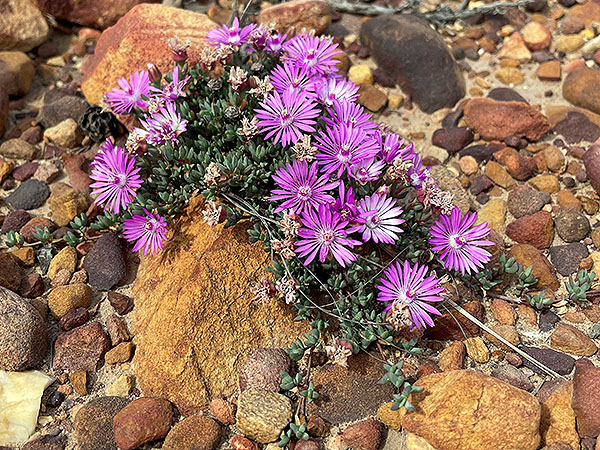Hawkesbury Pigweed (Trianthema cypseloides)
This species is only known from the type material that was collected from the Hawkesbury River in New South Wales, Australia
This was a small, creeping, ground-dwelling herb with short branches and egg-shaped, about 0,5 cm long, slightly succulent leaves and flowers appearing in loose, flat-topped clusters.
The reasons for the extinction of this species are not known.
***
The photo below shows another congeneric species from Australia, the Star Pigweed (Trianthema oxycalyptrum F.Muell.)
*********************

Photo: @WA_Botanist
https://www.inaturalist.org/people/wa_botanist
http://creativecommons.org/licenses/by-nc/4.0/
*********************
edited: 25.01.2024

